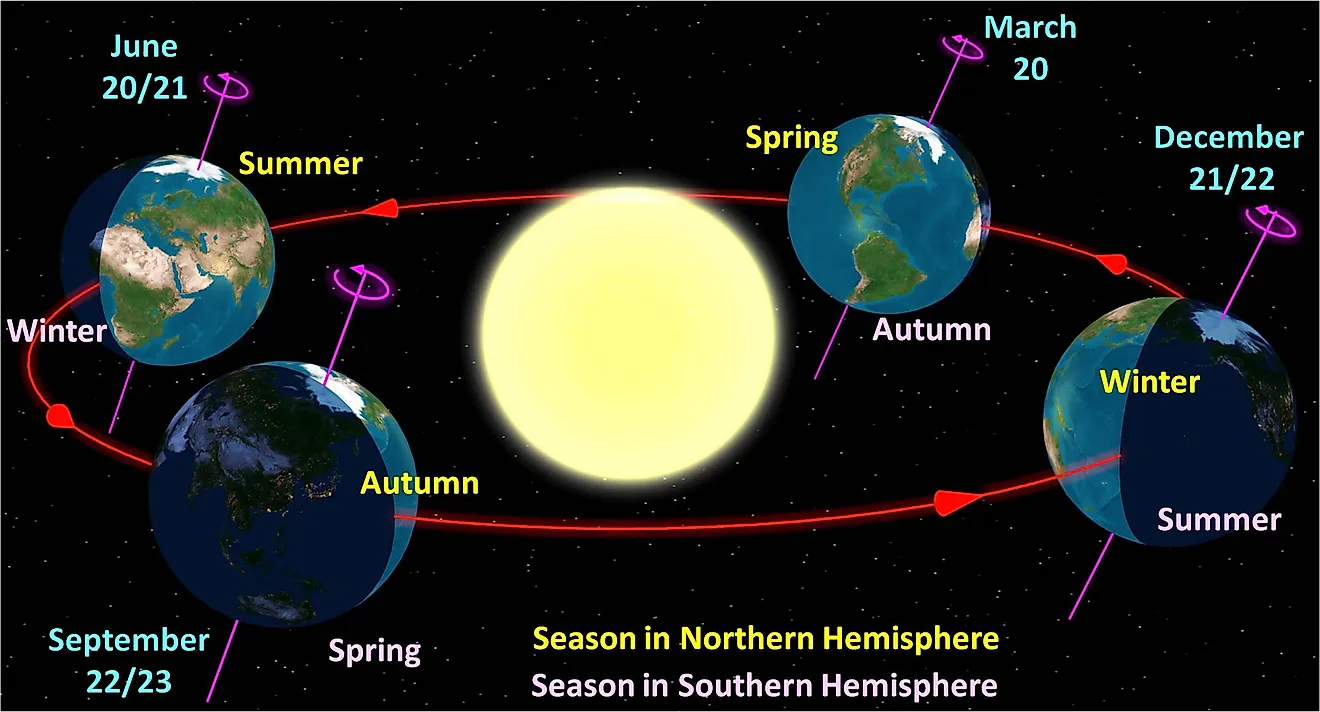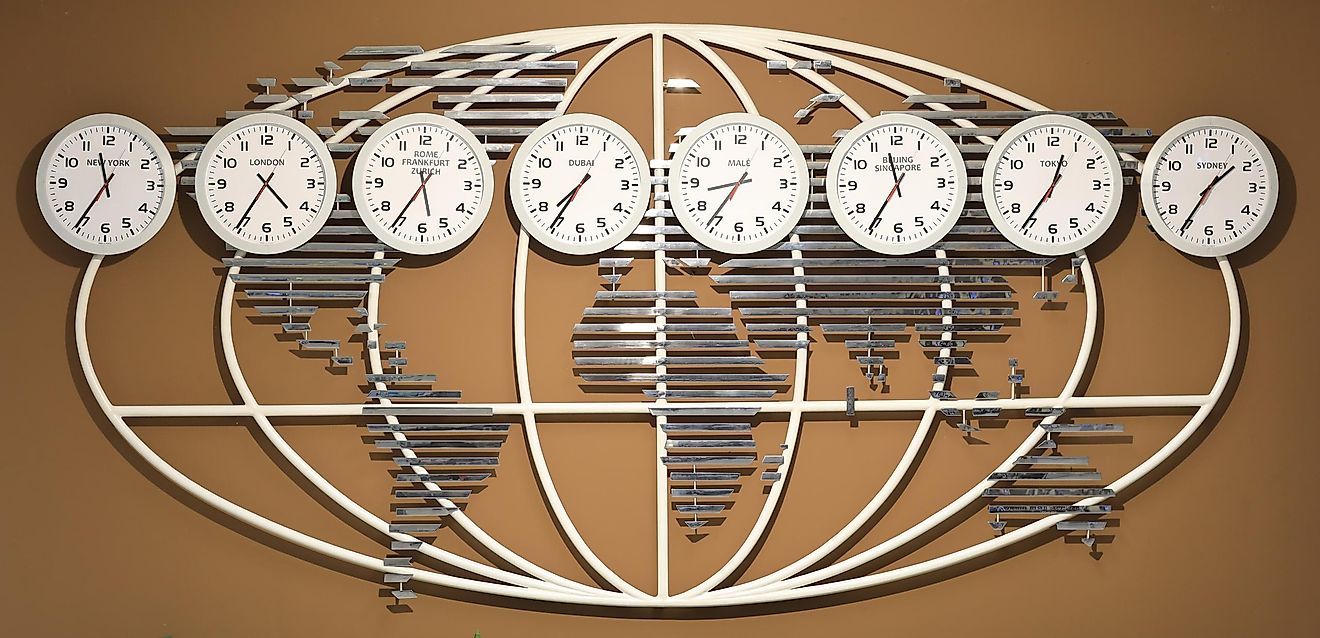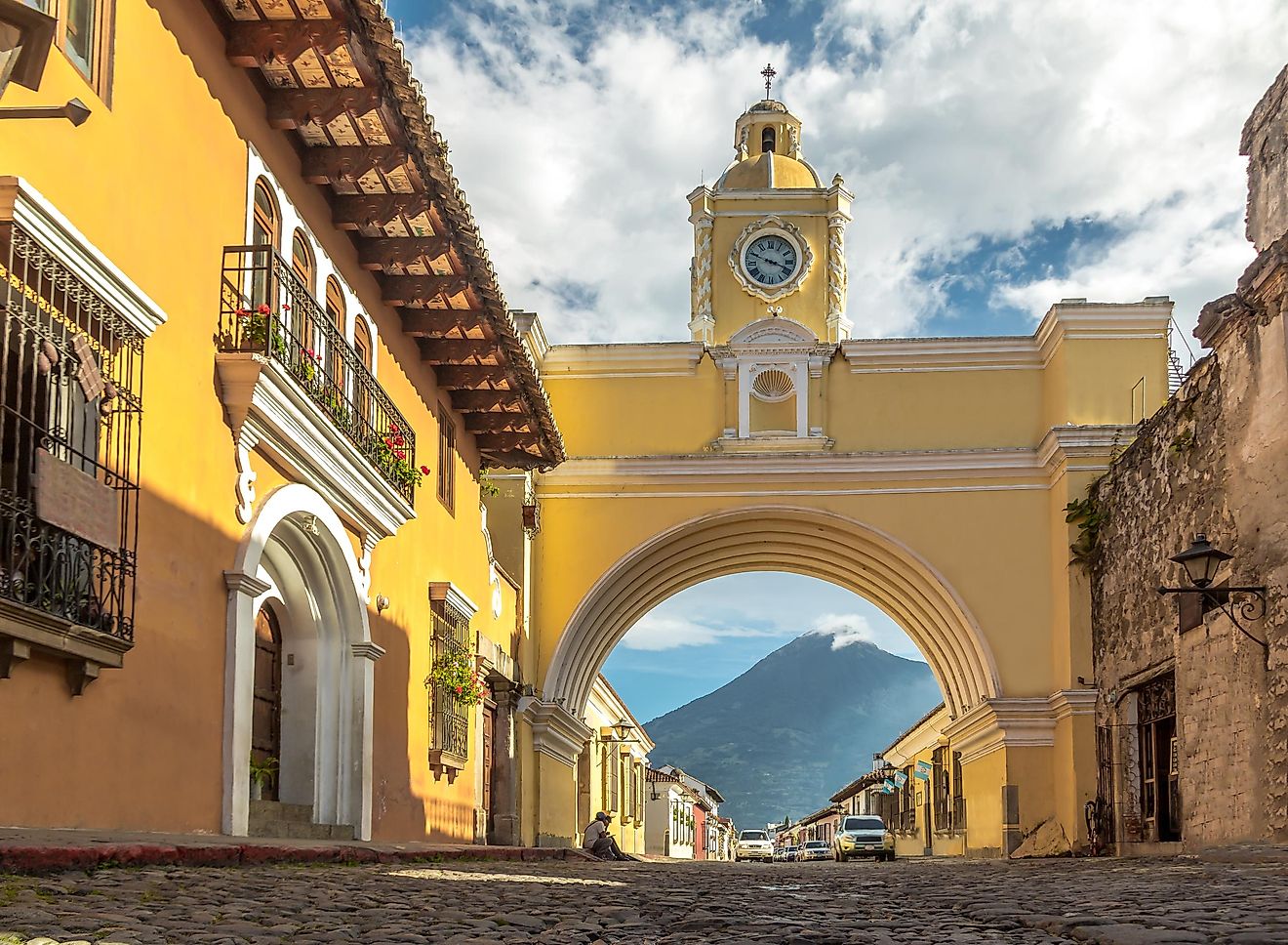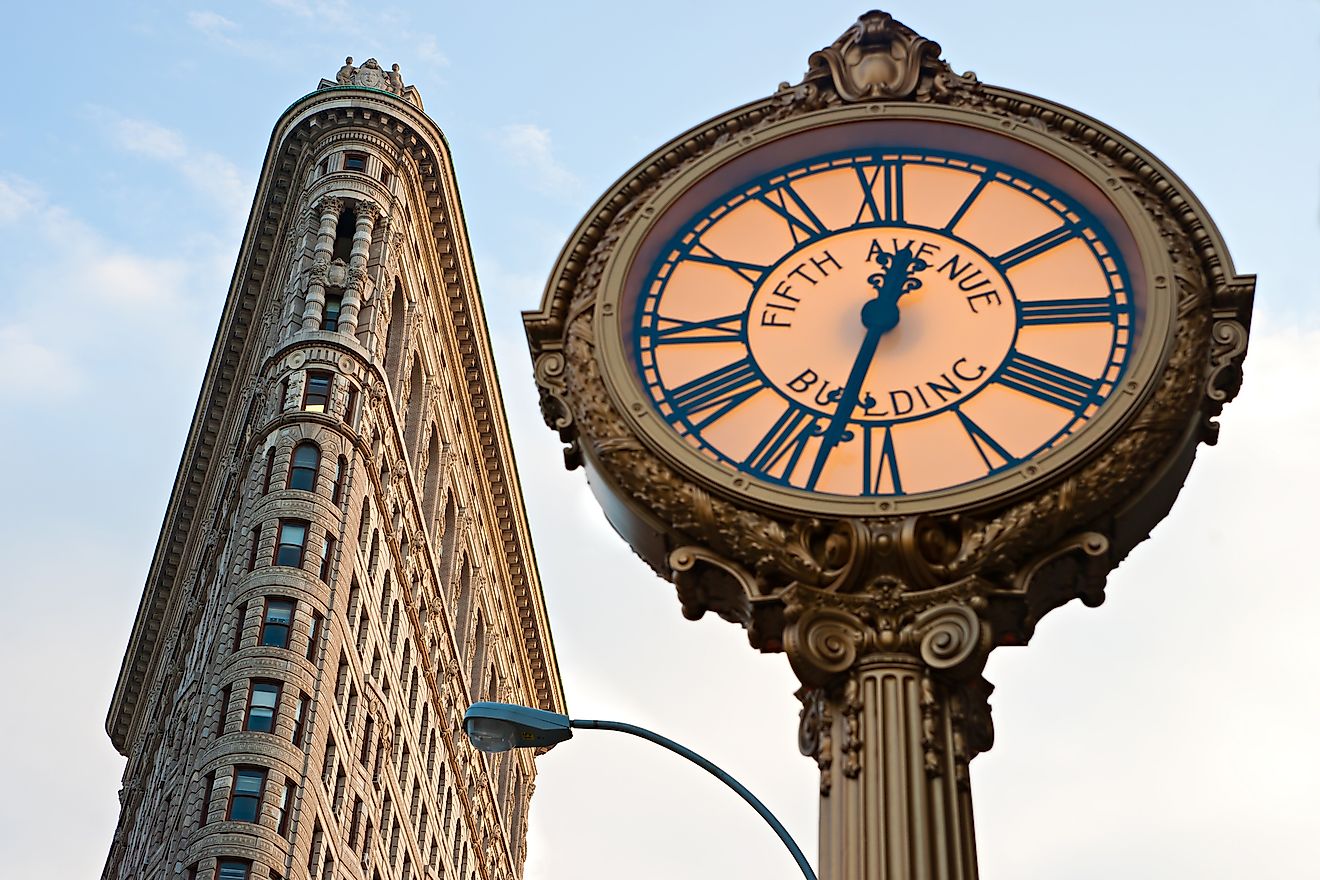
How Many Time Zones Are in the United States?
How many time zones are in the United States? The short answer is six across the 50 states: Eastern, Central, Mountain, Pacific, Alaska, and Hawaii-Aleutian. These six zones, running from New York to Honolulu, structure everything from trading hours on Wall Street to flight schedules over the Pacific.
In federal law, however, the picture is broader: when U.S. territories such as Puerto Rico, Guam, and American Samoa are included, the system expands to nine standard time zones, with a handful of remote islands using even more extreme UTC offsets. This article explains how U.S. time is organized, starting with the six core state-based zones and then outlining the additional territorial zones and outlying exceptions.
Timezones In The United States
| Offset | Time Zone Abbreviation & Name | Example City | |
|---|---|---|---|
| UTC -10 | HST | Hawaii Standard Time | Honolulu |
| UTC -9 | AKST | Alaska Standard Time | Anchorage |
| UTC -8 | PST | Pacific Standard Time | Los Angeles |
| UTC -7 | MST | Mountain Standard Time | Salt Lake City |
| UTC -6 | CST | Central Standard Time | Chicago |
| UTC -5 | EST | Eastern Standard Time | New York |
US Timezones
Time in the United States is organized into a network of legally defined time zones. Federal law currently recognizes nine standard time zones covering U.S. states, territories, and possessions, expressed as offsets from Coordinated Universal Time (UTC). Within the contiguous United States, four zones run east to west: Eastern, Central, Mountain, and Pacific, closely aligned with major geographic regions such as the Atlantic seaboard, Mississippi Valley, Rockies, and Pacific coast. Beyond the mainland, Alaska uses Alaska Time, and parts of the Aleutian chain follow the Hawaii-Aleutian Time Zone.
U.S. territories add further complexity. Puerto Rico and the U.S. Virgin Islands observe Atlantic Time; American Samoa uses Samoa Time; Guam and the Northern Mariana Islands follow Chamorro Time. Several uninhabited or sparsely staffed Minor Outlying Islands lie outside the statutory zones and instead follow nautical time, including UTC-12:00 at Baker and Howland Islands and UTC+12:00 at Wake Island on the opposite side of the International Date Line.
Time-zone boundaries within states can be intricate, sometimes splitting states such as Florida, Indiana, Kentucky, Nebraska, and the Dakotas between Eastern and Central or Central and Mountain Time. These boundaries generally follow state lines, rivers, or county lines but include local exceptions reflecting economic ties and travel patterns. Although daylight saving time rules strongly shape "civil time," it is the combination of these standard zones and their carefully drawn boundaries that underpins how clock time is coordinated across the United States.
Hawaii Standard Time
The Hawaii-Aleutian Time Zone covers the state of Hawaii and the far-western Aleutian Islands of Alaska. It uses Hawaii-Aleutian Standard Time (HST), which is ten hours behind Coordinated Universal Time (UTC-10:00) and based on the 150th meridian west. During daylight saving time, the Alaskan part shifts to Hawaii-Aleutian Daylight Time (HDT, UTC-09:00), while Hawaii stays on standard time year-round and has done so since 1945. Before 1947, Hawaii used UTC-10:30. The zone also includes remote U.S. sites such as Adak Island and Johnston and Palmyra Atolls. Honolulu is the largest city in this time zone, serving tourism, defense, and research.
Alaska Standard Time
The Alaska Time Zone covers most of the state of Alaska and is one hour behind Pacific Time. It observes Alaska Standard Time (AKST, UTC-09:00) in winter and Alaska Daylight Time (AKDT, UTC-08:00) in summer, with daylight saving time used statewide. Western Aleutian Islands instead follow the Hawaii-Aleutian Time Zone. Created in 1983, Alaska Time replaced a patchwork of earlier zones and simplified timekeeping across the state’s huge east-west distance. Because Alaska spans so many degrees of longitude, legal time can differ from local solar time by more than two hours, producing very late summer sunsets in cities like Anchorage and Fairbanks.
Pacific Standard Time
The Pacific Time Zone (PT) covers the U.S. West Coast and parts of the inland Northwest. It observes Pacific Standard Time (PST, UTC-08:00) in winter and Pacific Daylight Time (PDT, UTC-07:00) in summer. All of California and Washington, plus most of Oregon and Nevada and the Idaho Panhandle, use Pacific Time, with a few border communities aligned instead to Mountain Time. PT is one hour behind Mountain Time and two hours behind Central Time, placing it three hours behind Eastern Time. Los Angeles is the largest Pacific Time city and a key national reference for broadcast and business schedules.
Mountain Standard Time
The Mountain Time Zone (MT) covers much of the interior western U.S. It is seven hours behind UTC (MST, UTC-07:00) and six hours behind during daylight saving time (MDT, UTC-06:00). Colorado, Montana, New Mexico, Utah, Wyoming and most of Arizona lie in this zone; parts of Idaho, Oregon, Nevada, Kansas, Nebraska, the Dakotas and far-western Texas also use Mountain Time. Most of Arizona stays on standard time all year, creating a patchwork with the Navajo Nation (which observes DST) and the surrounding Hopi Reservation (which does not). Major Mountain Time cities include Phoenix, Denver, Albuquerque, Salt Lake City, and El Paso.
Central Standard Time
The Central Time Zone (CT) is one hour behind Eastern Time and is the primary clock for much of the U.S. interior. It keeps Central Standard Time (CST, UTC-06:00) from early November to mid-March and Central Daylight Time (CDT, UTC-05:00) for the rest of the year, though a few areas stay on standard time year-round. Ten states, including Illinois, Texas, Minnesota, and Louisiana, lie entirely in CT, while parts of Florida, Indiana, Kentucky, Michigan, Tennessee, Kansas, Nebraska, the Dakotas, and far-western Texas are split between Central and neighboring zones. Chicago, Dallas-Fort Worth, Houston, and Minneapolis-St. Paul are major Central Time cities.
Eastern Standard Time
The Eastern Time Zone (ET) is the most populous U.S. time zone, covering 17 states in full, Washington, D.C., and eastern portions of Florida, Indiana, Kentucky, Michigan, and Tennessee. It keeps Eastern Standard Time (EST, UTC-05:00) in fall and winter and Eastern Daylight Time (EDT, UTC-04:00) in spring and summer, with clock changes set by federal law. Eastern Time is based on the mean solar time at 75° west longitude and serves as the primary reference for national television schedules, financial markets, and government operations, centered on major metros such as New York City, Washington, D.C., and Atlanta.











